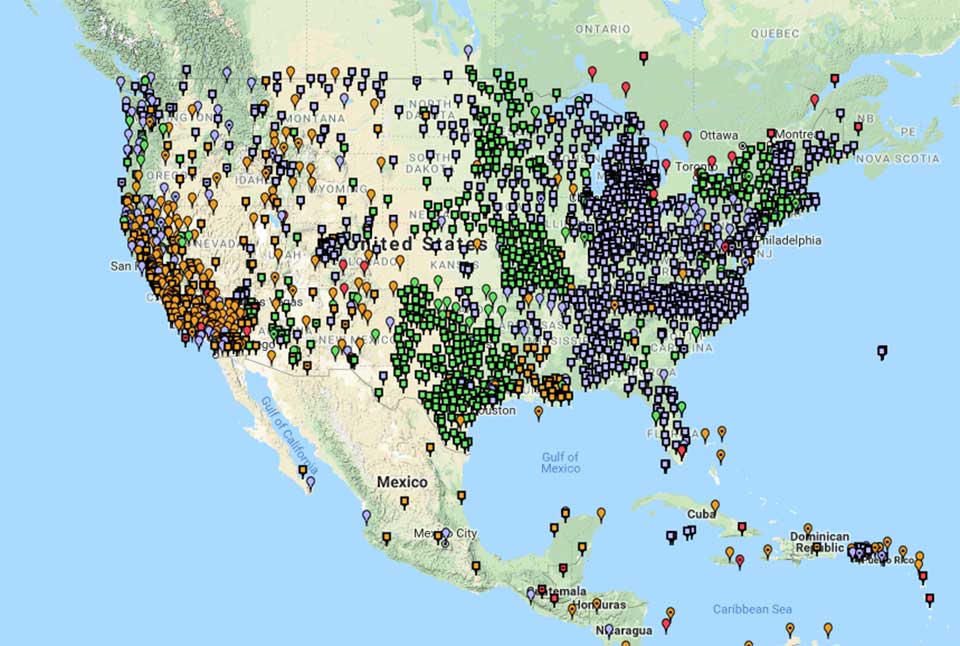NOAA Scientists are Revolutionizing How Heights & Elevations are Measured
Posted
Last Updated
Suppose you are buying a new home that is located near a river that routinely floods. During the buying process, you learn that you are required to have flood insurance. A step in the process of obtaining this insurance is to get a certified elevation of your new home from a professional surveyor. Wouldn’t it be easier (and cheaper) to simply provide your insurer with the elevation of your home? After all, it’s relatively easy to get this elevation information right from your mobile smartphone.
These days, it’s routine to use a smartphone and a mapping app to find out your elevation above sea level in the United States. Unfortunately, this height information is not very accurate. For casual use, it is generally good enough. But more accurate authoritative heights are required for many professional applications, including certifying elevations for flood insurance.
Particularly in low-lying coastal areas, this information is critical because professionals need to know how water will flow from point to point across the land. Experts who survey the elevations of houses, create flood zone maps, plot hurricane evacuation routes, or plan future coastal development to account for sea level rise all rely on accurate heights.
Meet the Vertical Datum
This is where NOAA’s National Geodetic Survey (NGS) enters the picture. Scientists at NGS maintain a nationwide coordinate system that defines latitude, longitude, height, scale, gravity, orientation, and the national shoreline throughout the United States. This reference system ensures that those who need accurate positioning information — whether they are in Alaska or Guam or Key West — are all working from the same reference points. The height component of this nationwide system is called the vertical datum. This datum is a collection of specific points on the Earth with known heights either above or below mean sea level.
read more at oceanservice.noaa.gov.

